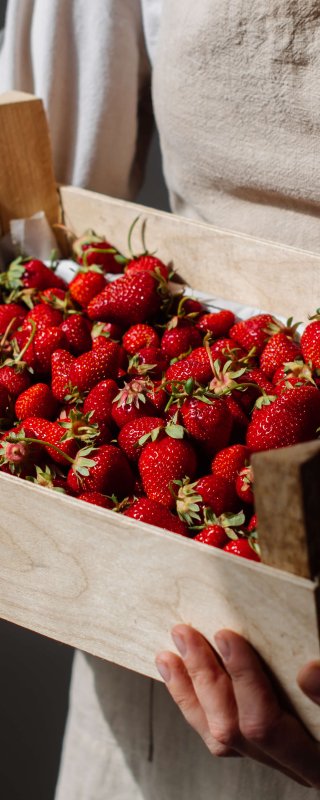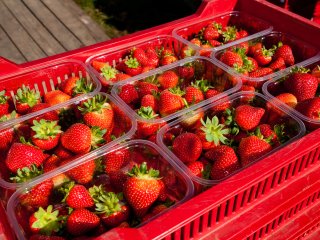
Packhouse practices for strawberry
Packhouse practices cover the activities from the moment the strawberries arrive in the packhouse to the moment of transport to the intended market. Sorting, grading, packing and cooling are among the main activities. It is very important that the packhouse has sufficient capacity to cool the strawberries, as good temperature management is a requirement to maintain a good quality of horticultural produce. Furthermore, proper cleaning and sanitizing of building and equipment is part of good packhouse practices.

Maintain the cold chain
Strawberries can already be packed in the field or farm, or else in a nearby central packhouse. In any case, keep in mind that the strawberries must be subjected to (forced air) cooling as soon as possible. Rapid removal of field heat is essential for strawberries, so a location with a cooling facility should be near the production fields. Strawberries are delicate products and easily damaged. Escpecially for strawberries, it is therefore of utmost importance to have a careful handling in the packhouse to deliver a high quality product.





